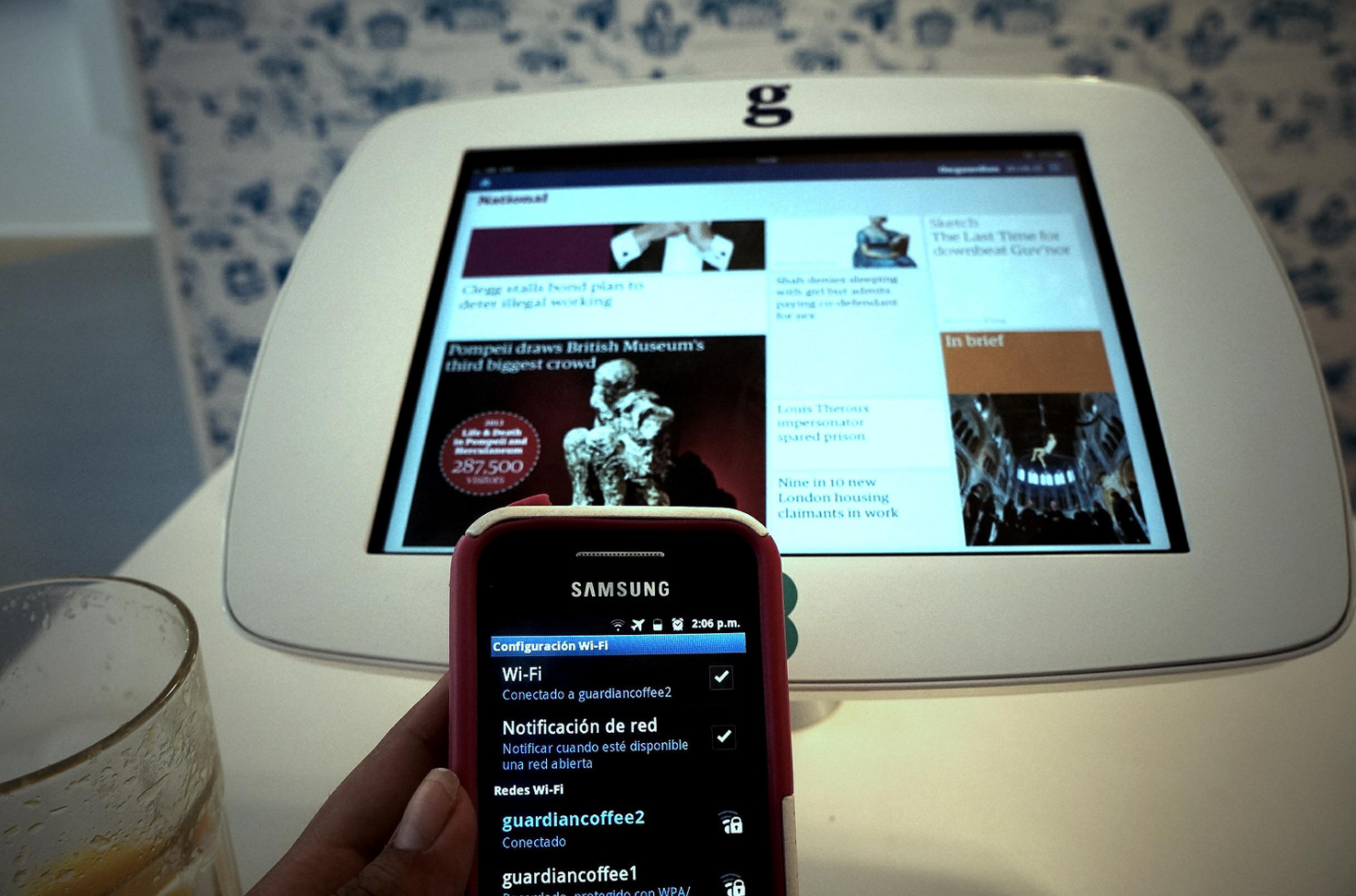Increased cohesion between desktop and mobile devices has not only made online services accessible to more people, it has changed the face of the internet forever. For every tech innovation that comes out, web designers have to find new and inventive ways to show it off in the best light.
We’re now more attached to the internet than ever. In 2015, Americans spent, on average, nine hours each day interacting with digital media. This means that the days when a company could throw together a site without considering the end-user are long gone.
Today, human browsers demand an ergonomic, efficient and engaging virtual experience. Meeting these demands isn’t easy; the progress of technology waits for no web designer. But, that’s the challenge everyone with a web presence must face.
Get Some Help When Doing it Yourself
Contents

For big brands, staying on top of the latest web design trends is easy. By employing a team of in-house or external experts (major players in the retail, leisure, business and entertainment industries) they can ensure that their platforms are constantly updated. For small traders and individuals, the task of staying on trend is a little tougher.
In essence, the issue requires a two-pronged strategy. Firstly, the individual or company needs the tools to create a website. Fortunately, over the last decade, the website self-construction market has exploded. With a few clicks of a mouse, mere novices can now piece together their website and get their brand in front of the masses.
[quads id=”5″]
However, an increase in options means and an increase in decisions. The toughest part of the process is choosing the right product. In the same way that PriceGrabber or Shopzila compare and contrast different retail products, ‘Top 10 Best Website Builders’ reviews the best website builders using a range of variables. With more than 200 articles, updates and head-to-head analysis pieces focusing on 45 different platforms, Top 10 has weeded out the weaklings to give users the best options.
Mobile Interactions are Driving Desktop Designs

Now, as we’ve said, the issue of web design requires a two-pronged solution which is why it’s also important to consider the latest trends. It’s great having the latest website builder at your disposal. But if you’re filling your platform with outdated designs and frustrating features, it will cause users to switch off.
The move from desktop to mobile, as we’ve already highlighted, has played an important part in the evolution of web design. Because users now expect a smooth transition from one medium to the other, designers need to consider how each page element will look in both. With this in mind, 2017’s expected design trends include scrolling and stationary navigation.
In the days before smartphones accounted for 51% of all Internet usage in the US, websites consistently focused on tabs, links and pages. To find information, a user often had to click through a series of internal links to load a new page. Although this system is still in place to some extent, designers have started to move more towards scrolling.
[quads id=”5″]
Instead of jumping from page to page, users are now becoming accustomed to scrolling downwards and watching new segments of the site automatically load. This dynamic has come directly from the mobile world where scrolling is the norm. By installing a scrolling system on a desktop site, companies are making it easier for users to access information regardless of the device they’re using.
Instant Information is Important

“Information” (CC BY 2.0) by Magnus A.
Similarly, if a company wants to make a page element instantly accessible (like a ‘buy’ button), they can now use a dynamic boxout. Sticking with the user as they scroll through a site, this button creates an anchor point that helps to increase clarity (a user can get the most important information easily) and engagement (they can make a purchase etc. without having to scroll back).
Without knowing these design features and, moreover, why they’re important, a website builder is almost useless. Indeed, as our interactions with the internet continue to change, the process of designing and building a platform will also change. Desktop and mobile sites are now more intertwined than ever before. That’s why creating a website is a constantly evolving art form.


